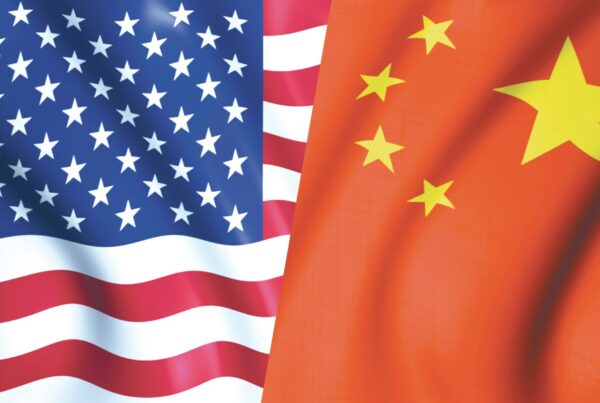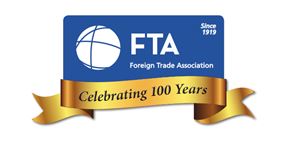As manufacturers increasingly turn to nearshoring, a strategy in which a company moves all or part of its production closer to the final consumer, reducing costs and avoiding logistical setbacks, they encounter a host of challenges that demand careful consideration. Chief among these challenges are trade compliance risks, which can significantly increase costs and offset the success of nearshoring endeavors. This article delves into the specific issues associated trade compliance and provides actionable advice for manufacturers seeking a smoother transition to nearshoring.
Trade Compliance Risks:
- 1. Varied Regulatory Frameworks: Operating across borders means navigating diverse regulatory landscapes. Manufacturers must grapple with different trade policies, customs regulations, and compliance standards, making it crucial to stay informed and ensure adherence to each country’s specific requirements. Examples can be found in the Country of Origin rules of various countries. Say a U.S. importer sets up a facility in Country A to manufacture widgets with Country B-origin parts. The U.S. importer’s production methods may result in a “substantial transformation,” producing a new product in Country A for the purposes of U.S. law, however, it may not comply with the equivalent laws in Mexico.
This matter gets further complicated when adding free trade agreements into the picture. Assume for a moment that a company manufactures batteries in Mexico with Chinese-Origin components. These components, from a wide variety of HTS codes, are combined to create a functioning battery of a different HTS code. This process meets the USMCA tariff shift rule and can enter the U.S. duty free, correct? Not necessarily! While the tariff shift rule is met, and the battery could be labeled as Mexican origin under the USMCA, it may still be considered Chinese origin because the production process was insufficient to “substantially transform” the components. - 2. Tariff and Duty Challenges: Nearshoring involves dealing with multiple jurisdictions, each with its own tariff and duty structures. Manufacturers must carefully analyze and plan for these expenses, keeping abreast of trade agreements and tariff changes that could impact their bottom line. Manufacturing goods in Canada, for example, could expose the manufacturer to import tariffs, VAT, and other taxes if certain requirements are not met. Conversely, a similar system of tariffs and VAT exist in Mexico, and usually to a higher degree, but the Maquiladora system may provide the manufacturer better opportunities to avoid tariffs and VAT.
- 3. Customs Compliance and Documentation: Strict adherence to customs regulations is essential for the smooth flow of goods. Failure to comply with documentation requirements or misinterpreting customs regulations can lead to delays, fines, and reputational damage.
Conclusion:
Successfully navigating the financial and trade compliance risks associated with nearshoring requires a strategic and proactive approach. Manufacturers can adopt the following strategies to enhance their chances of success:
- 1. Conduct Rigorous Due Diligence: Thoroughly research and analyze the nearshoring destination’s financial implications and trade compliance requirements. Assess hidden costs, understand possible supply chain disruptions, applicable trade regulations, develop a comprehensive understanding of the risks involved, and understand how to contract and plan around these issues properly.
- 2. Invest in Compliance Expertise: Hiring or consulting with legal and financial experts with knowledge of the nearshored location is essential. Professionals well-versed in international trade compliance can lend expertise to help manufacturers navigate complex regulatory environments, mitigate legal risks, and ensure compliance with local laws. Cultivate relationships and establish a network of support that can provide valuable insights, facilitate smoother compliance processes, and contribute to the overall success of the nearshoring initiative. Staying informed about changing regulations, tariff structures, and customs requirements is crucial for avoiding costly mistakes and ensuring a smooth transition to nearshoring.
- 2a. Utilize Technology Solutions: New technologies are coming online daily. Leverage technology to enhance compliance management. Speak to an expert who can assist your company in understanding how automated systems can help streamline customs documentation, monitor regulatory changes, and facilitate real-time tracking of shipments, reducing the risk of non-compliance.
- 2a. Utilize Technology Solutions: New technologies are coming online daily. Leverage technology to enhance compliance management. Speak to an expert who can assist your company in understanding how automated systems can help streamline customs documentation, monitor regulatory changes, and facilitate real-time tracking of shipments, reducing the risk of non-compliance.
- 3. Diversify Suppliers and Markets: To mitigate supply chain risks, manufacturers should consider diversifying their supplier base and exploring multiple markets. This strategy helps distribute the impact of potential disruptions and provides flexibility in adapting to changing economic and geopolitical conditions.
In conclusion, while nearshoring holds immense potential for manufacturers, addressing financial and trade compliance risks is crucial for a successful transition. By combining thorough research and strategic planning with the advice of legal experts and professionals well-versed in international trade compliance, manufacturers can confidently navigate these challenges and position themselves for sustained growth in the global marketplace.







